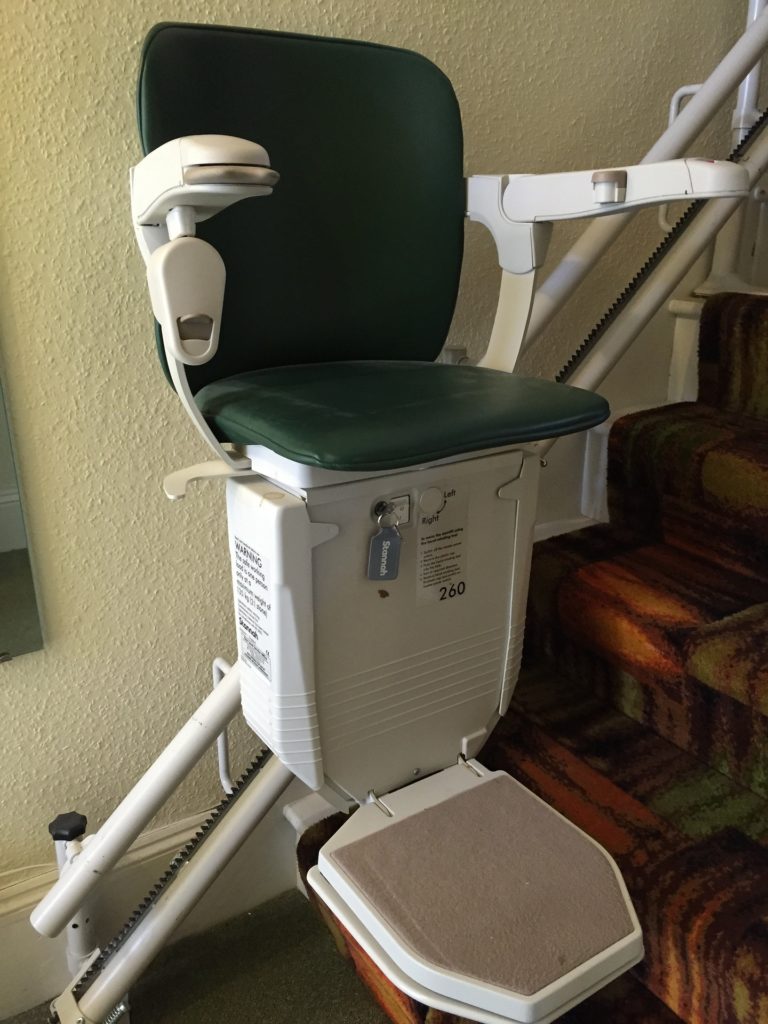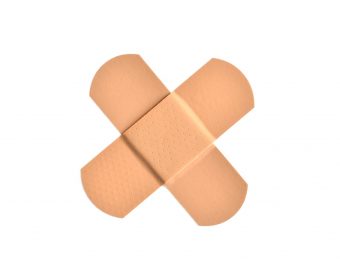
It is said that towards the end of his life, King Henry the VIII was so obese and had developed physical mobility problems that required to be moved by mechanical contraptions. A serious leg injury he developed while jousting would require the overweight king to be moved up the stairs of the Whitewall Palace.
Even though the stair lift is patented to C.C. Crispen, the 16th-century engineers of the King may have been the first to invent the mechanical contraption that has evolved into the stair lift.
Moving Around the Palace
Whether the invention can be directly credited to the King or not, it is clear that an exceptional solution to the problem had to be found. It would have been difficult for the servants to maneuver the Monarch and the Supreme Head of the Church of England up to the 20-foot staircase. By that time his waistline was reportedly more than 50 inches wide.
Even though the King is said to have had 30-course meals a day, he was quite active for most of his life. Before the injury that prompted the invention of this device, the king is said to have had a regular routine where he would go horse riding 20 miles a day. Some scientists have suggested that his obesity was caused by a mental and physical decline that affected how his body regulated the growth hormone. The historians believe this could also explain his bizarre behavior that characterized the last part of his reign.
Just like in the 16th-century-star lifts today are a necessary invention that can help people with injuries or issues with mobility caused by factors beyond their control. There are advancements that have been made in recent years that allow these devices to be installed at home at reasonable costs.
Building and Home Installation
Both C.C. Crispen and King Henry the VIII were prompted by a need to address mobility issues caused by an illness. Crispen had a friend who was ailing and needed to find a way to help him get up and down the stairs. The king’s leg injury had worsened a previous wound on his leg, that got so bad that doctor’s at the time found it very challenging to treat.
The other challenge faced by both the monarch’s engineers and Crispen the 20th-century inventor was cost and the significant disruptions it would cause during installation. The 16th-century stair lift was essentially a stair throne that allowed the king to be carried up the stairs with a system of pulleys and ropes.
Advancements in technology mean that stairlifts can make life easier for people who find it challenging to move up and down the steps. Modern stairlifts are simple and easy to use and are unlike the first mechanical contraptions that gave birth to this useful device. Some are efficient enough to use rechargeable batteries and can be manipulated using a remote control. They are made of lightweight and strong materials such as aluminum and steel and can be installed at home at reasonable costs and with minimal disruptions.





